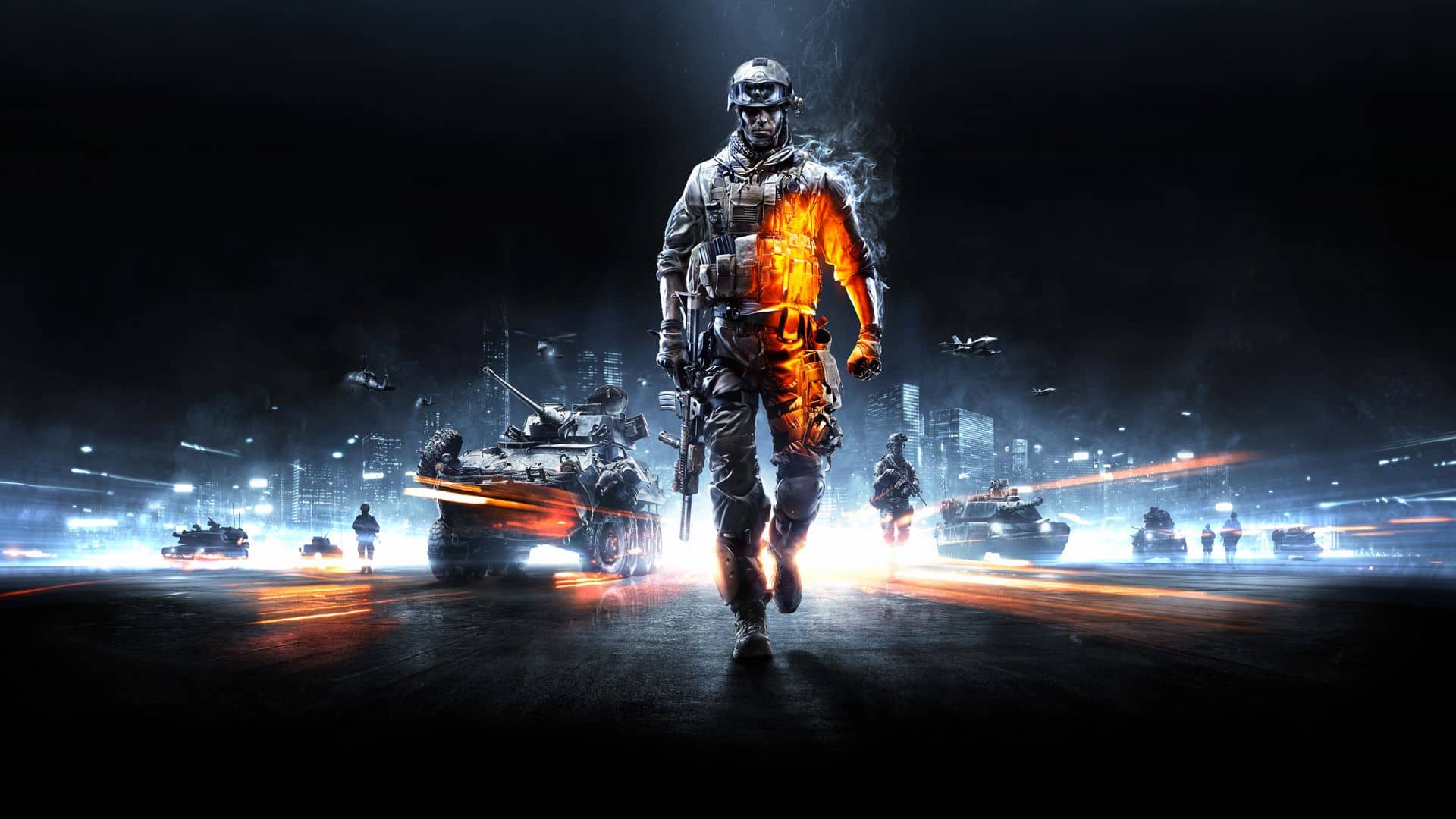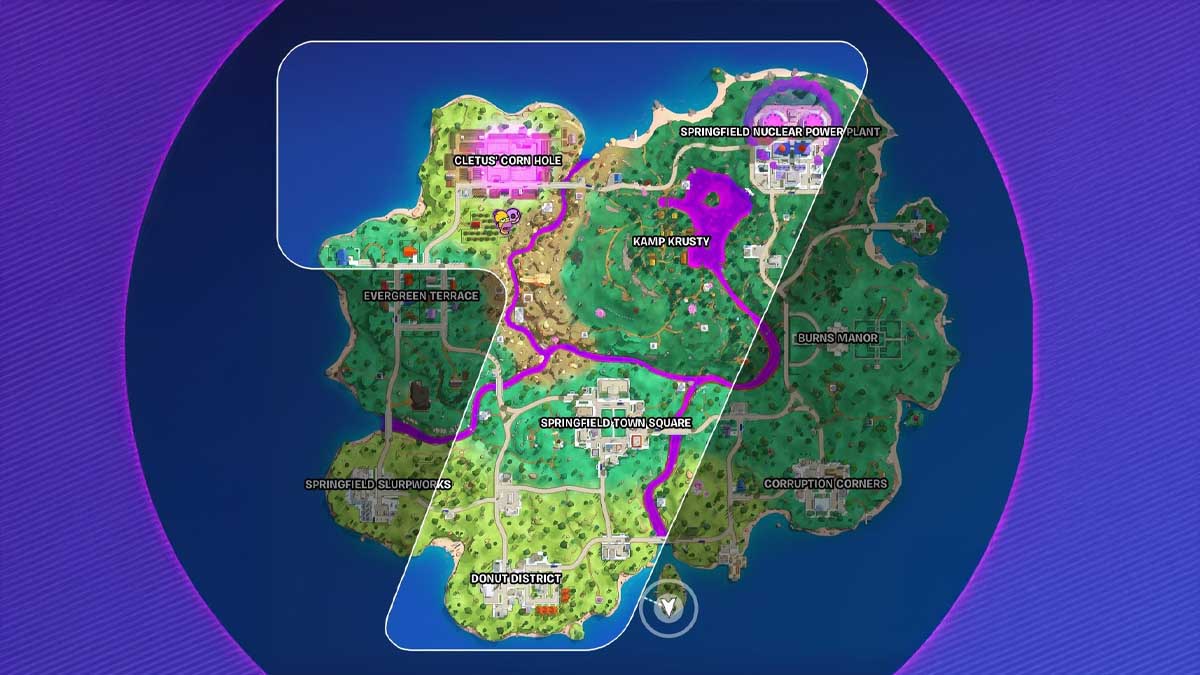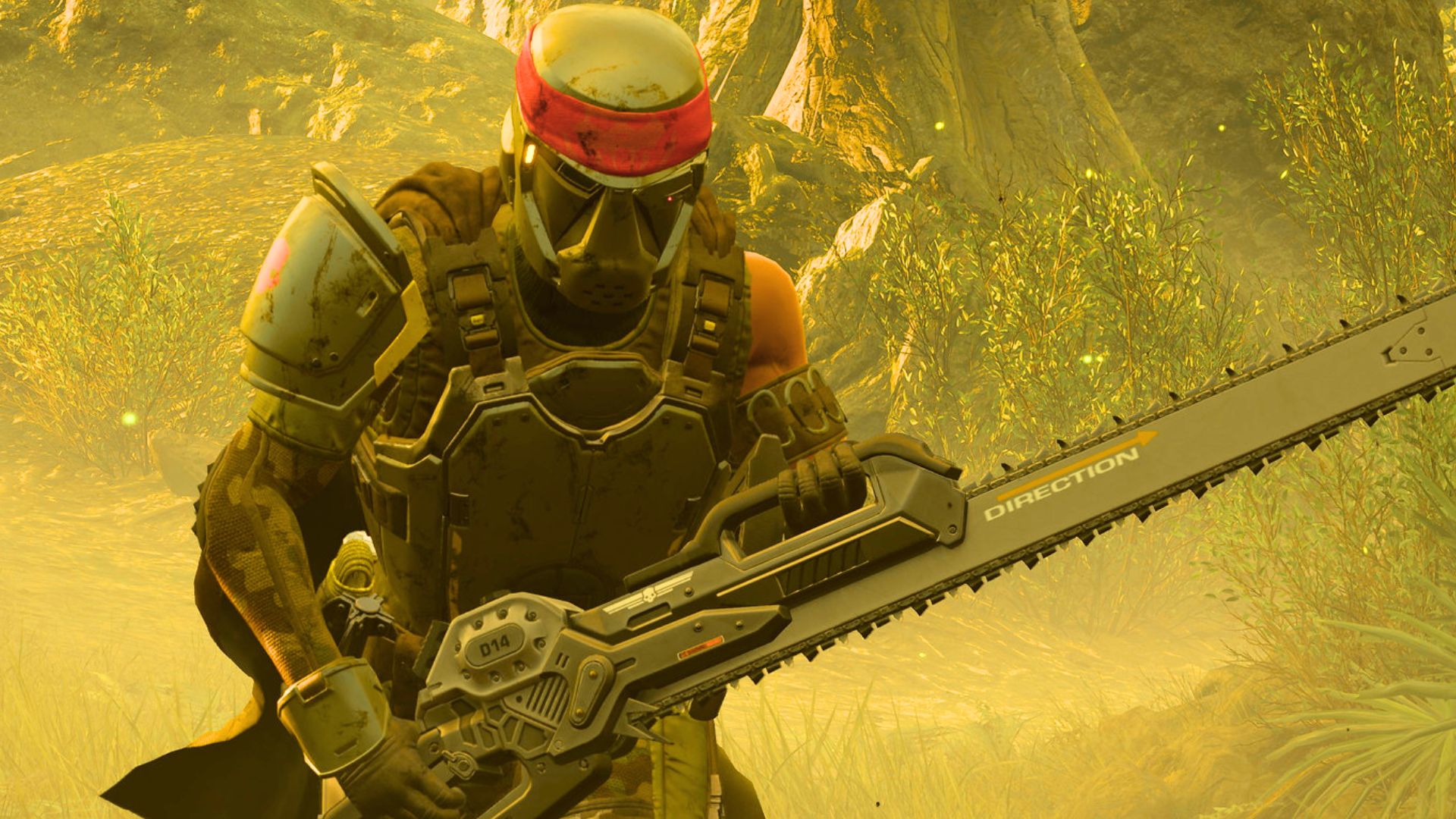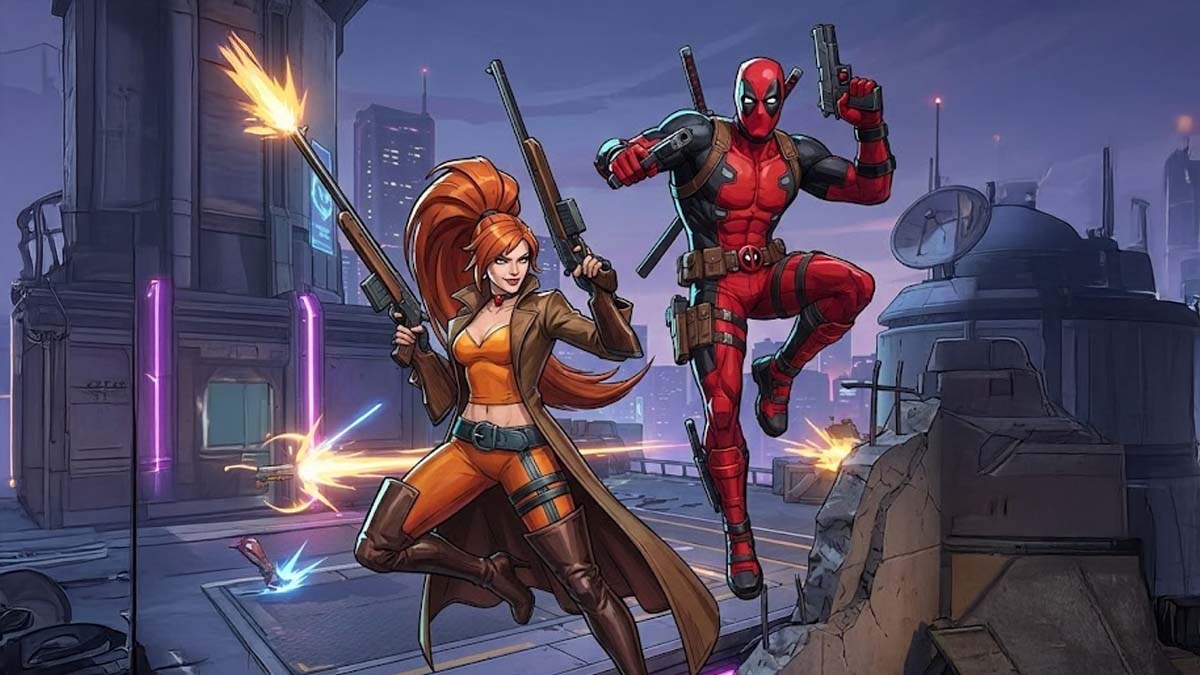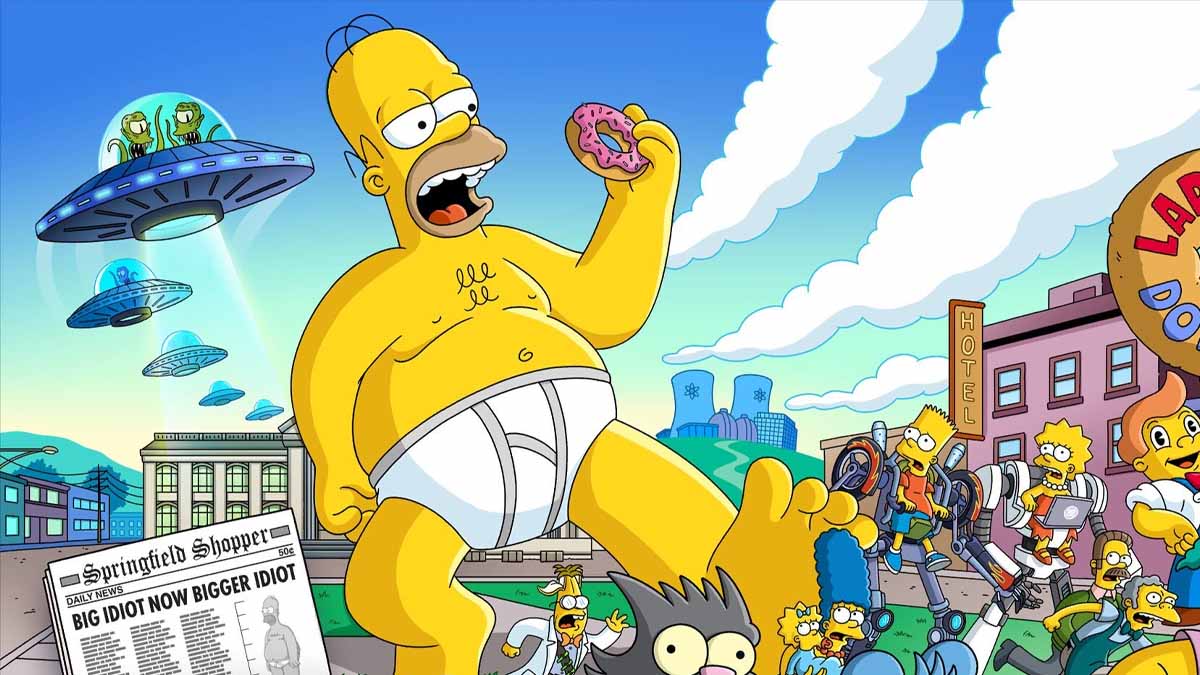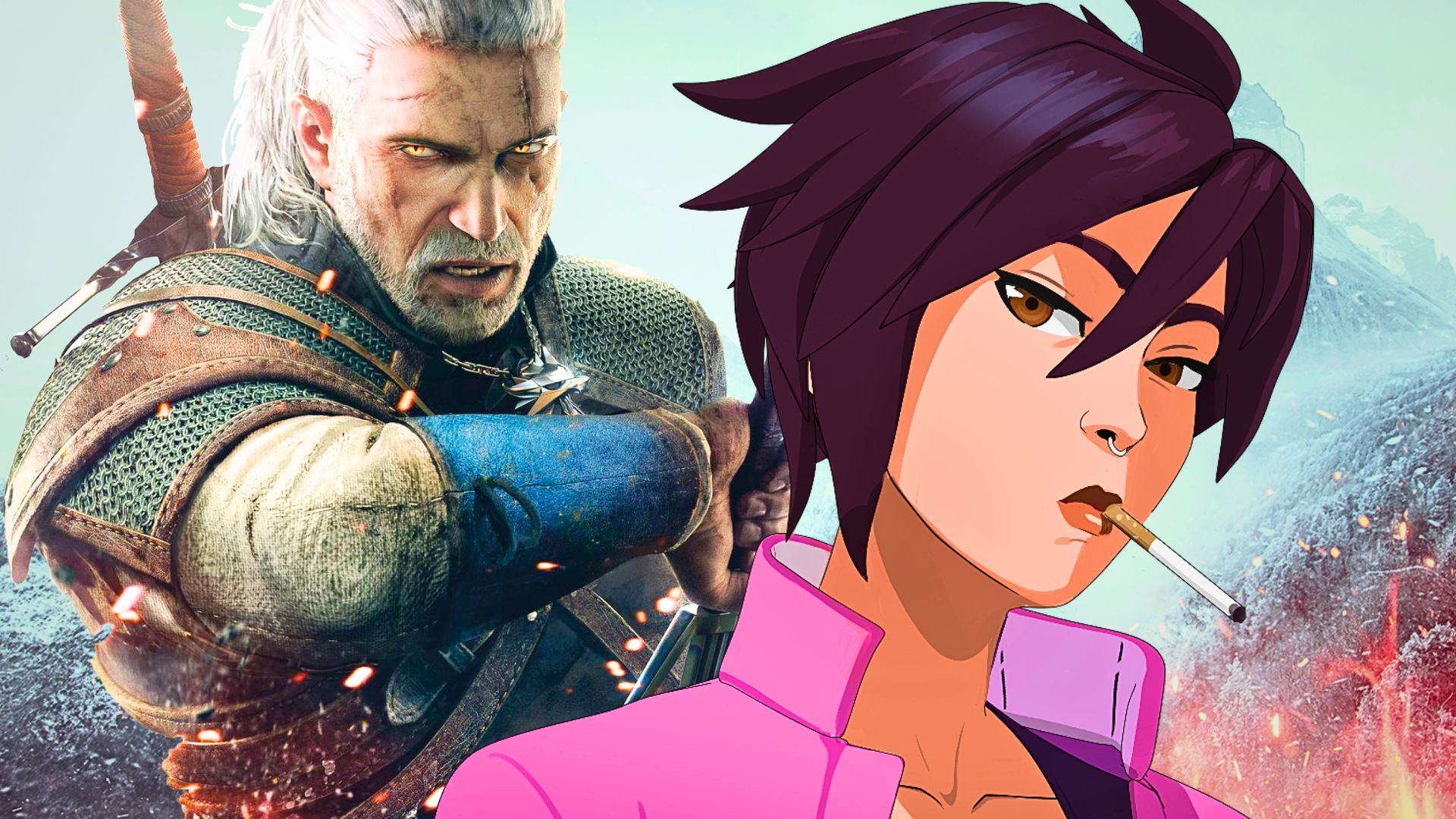You can trust VideoGamer. Our team of gaming experts spend hours testing and reviewing the latest games, to ensure you're reading the most comprehensive guide possible. Rest assured, all imagery and advice is unique and original. Check out how we test and review games here
Battlefield 3 is one of the biggest games hitting stores this year, going up against the might of Activision’s Modern Warfare 3. With development now well into the crunch period before launch, we caught up with DICE general manager Karl-Magnus Troedsson to find out how things are going, what the future is for the Battlefield series and what lies ahead for the studio.
Q: What’s the current status of development? Are you deep into the crunch period?
Karl-Magnus Troedsson: Definitely yes. Pretty much everyone back at the DICE studio is working on Battlefield 3 now and has been for some time. As it always is when you ship a big title like this, the last month of the project is very, very busy. The awesome dev team is back home, working really, really hard to finish off this product in time.
Q: Are you planning a day one patch for multiplayer?
KMT: We are looking at the whole post-launch plan for what we’re going to do with this product, and we are dedicated to the fact that we want to take care of this product – not just on day one, but for a long period of time. There will be booster packs with more content and DLC, and also updates to the client and server code in the background. Without knowing exactly what we’re going to do with the game, yes, there will definitely be updates for the game.
Q: How have you dealt with the leaked footage of the Xbox 360 version of the game? Has that been an unwanted problem this close to release?
KMT: The problem is we don’t want people to experience the game through a crappy YouTube video with a 320×200 resolution, or something like that. We want people to see this game in the great HD way that we want people to see it, of course. Except for that, we are trying to focus on the leak. It’s sad to see but we just move on and focus on building the game.
Q: What would you say to people online, who have seen the footage and have expressed how it hasn’t met their expectations?
KMT: I would ask them a question, and that is, ‘How can you even make that judgement by looking at the quality of those videos?’ – which I’ve seen, by the way. I’d follow that up by saying that they don’t have to worry. The game is going to look really, really good on 360 as well, and we want to show them that now and up until launch.
Q: We’ve seen Battlefield 3 running at trade shows and events on PC and PS3. Is there a reason we haven’t seen it running on 360?
KMT: I mean, we have to select which platforms we’re going to show it on, and there might be a lot of reasons behind it, but I don’t think people should worry about the 360. We do have the beta coming out very shortly now, we haven’t got the final date but it will be coming out in September, then people can play it themselves on 360 and hopefully can see that it looks and plays really well on 360.
Q: I read a story that said you could technically support 256 players in BF3. Why did you choose to set the max at 64?
KMT: I don’t know where you’ve read that, but yes possibly we could support more players like that but it comes down to gameplay and balance, and we believe even creating a 64-player match is not easy. It can become very methodical and unbalanced in many ways. It’s easy for one team to push out the other, and this kind of thing. So it’s not easy to create a balanced and equal game with so many players.
I would also say – perhaps as more of a personal reflection – that people seem a bit obsessed [with the idea] that more players is always better. I would argue that that’s not always true, and I would look at what the E-sports community is doing. You see the people that actually compete in these games actually want to have smaller teams, because that’s more equal and easier to play and more tactical from many aspects. But I understand that everyone plays in different ways, and our ambition is to have a significant amount of players on the battlefield, which I think we have managed in Battlefield 3.
Q: Bad Company 2’s campaign received mix reviews. What did you learn from developing single-player campaigns in that series that you’ve build on in Battlefield 3?
KMT: The biggest change in the campaign between the Bad Company series and what we’re doing now with Battlefield 3 is just the tone, or the tonality of it. When we set out to build Battlefield 3 we said, ‘Ok, this is the sequel to BF2, which was much more of a serious game.’ So there was one word that we pinned on the board, and that was authenticity. We wanted to create something… not something that is real, but something that is authentic. There is a difference for us between those words.
That definitely goes for the single-player campaign as well, when it comes to the style, the tone, the characters, the VO and the story itself. A lot of the learning from the former games, the prequels, was how do you create drama? How do you tell a story in the game, how do you create ‘wow moments’ and these kind of things. There’s a lot of iterative development that’s come from the same dev team being together for so long now.
Q: When the increased focus on the single-player campaign in the Battlefield 3 was revealed, the hardcore fans felt that maybe the multiplayer side might suffer. What can you say to reassure those long-time fans?
KMT: I would ask them not to worry. DICE founded Battlefield on multiplayer, and multiplayer is the heart of every Battlefield that we put out. We would for instance never do a single-player-only Battlefield game – that is completely unthinkable back home at DICE.
We’re still putting in the same amount of attention to the multiplayer part of our Battlefield games as we did with 1942 and BF2; we just have much bigger teams now. I wouldn’t worry too much about it. I think when they play Battlefield 3 and they feel the innovation in the game on the multiplayer level, I think they will agree on everything from bringing back 64 players on the PC, to having jets in the game, to listening to the community feedback to having prone in the game. I hope that when they play the game, they agree that they shouldn’t have worried.
Q: What’s the plan going forward? Are you going to alternate between Battlefield and Bad Company? Maybe one per year or do you have other ideas?
KMT: The plan for the franchise is not set in stone in any way. The things that are set in stone are the core values within DICE, which are quality, innovation and fun. So one of the key things that is very important for us is that each Battlefield title, at least the bigger ones, should get a full two-year development cycle so we can hit those three core values. And that means we are going to be focussed on making one big Battlefield game approximately every two years if that fits with all the other things that need to align. Building a big game like that to quality that we want it to be should be a proper development cycle. Between those years we can focus on other things. We can do Play4Free and we can do perhaps Arcade games, we can do a lot of other things as well, but bigger titles will need more time.
Q: You’ve entered the Play4Free space in a big way, but so far that’s been restricted to the PC. Have you considered if that model could work on consoles?
KMT: Absolutely, it’s something we’re thinking about quite a lot. The Play4Free part of the business has been so successful that we’ve actually broken it off into a separate business unit and a separate studio, so it’s not actually me and my guys that run those products any more. But it’s going to be interesting to see what we do there in the future.
Q: Is there anything holding you back from taking Play4Free to consoles?
KMT: Well, consoles are more of a controlled environment when it comes to how you can do updates and those kind of things. That’s why the PC lends itself so well to these kind of projects as you can very quickly update things on the fly. I think in collaboration with first-party these things could be overcome, so we could probably see more of these kind of games coming out on those platforms in the future.
Q: Is there any desire to bring Battlefield to 3DS and Vita in the future?
KMT: We’re going to look at each platform and see what kind of… well, first of all if we can get it to run on that platform, and perhaps even more importantly, who is playing on that platform. Do we have a shooter crowd on that platform? As of today we haven’t decided on anything else when it comes to the other platforms, but we are actively looking at every one that comes out – all the new ones.
Q: Have you done any preliminary tests to see if Frostbite could run on the Vita?
KMT: I can’t comment on that.
Q: One of the games people associate with DICE is Mirror’s Edge. Is that something that, now Battlefield has become so huge, we might not see in the future?
KMT: I would actually say it’s the other way around. DICE was founded on the success of Battlefield, but it’s part of our DNA, part of our strategy moving forward as a studio, that we don’t just want to build Battlefield. It’s not because we want to come up with new ideas, but we want to challenge ourselves as game developers to try and build new things, deliver new ideas and test some things. Some of these concepts might never see the light of day. They might just end up inside the DICE vault somewhere, and maybe we learn something that we bring into one of the bigger titles, or one might actually become a new game that we launch. We’re keeping a lot of options open for the future.
Q: So you’re basically saying, don’t rule it out but you’re not announcing anything at the moment?
KMT: I would say that I can’t confirm that we are working on any other games.
Q: Frostbite 2 is being used in NFS: The Run. Is it likely more EA franchises will use it?
KMT: I can’t say which games are going to use it, but the engine is available for other parts of EA to use it. We were very flattered when NFS wanted to use it for their game, and it would be really cool to see other studios within EA use it as well.
Q: You worked on the multiplayer in Medal of Honor. Is that a franchise you would return to in the future?
KMT: We’re part of the EA family and we want to help out as much as we can, but I have to say that I’m not a believer of distributed development myself. I believe that great teams in the same location are the ones that can build the highest quality. That’s something that I would like to see more in the future moving forward. The different locations and different studios inside of EA focus on building their games. I can’t speak for everyone else but that’s how we try to do things at DICE. But naturally we want to help out and with the creation of Frostbite 2 and other teams using those as well, it’s been natural to come over to other teams as well, like the NFS team. If not directly, but indirectly, the game teams work together to help each other out. As for the actual core team on a franchise, I believe they should stick in one place and work together.
Q: Finally, what is your criteria for success with Battlefield 3? Do you have specific targets?
KMT: I can only speak for DICE in this case. We do have metrics but they are more on the emotional side. We want to build a game that is first and foremost appreciated by the people that play it. So if people come back to us and say they’ve had a great time or have invested hundreds of hours into multiplayer, that’s one goal that we definitely have achieved. It’s not a metric but a feeling. We always want to challenge ourselves to build a better game than we have before. If we can surpass our former game both in quality and sales then we’re very happy.
Q: Do you look at Metacritic or just user feedback on forums and that kind of thing?
KMT: We look at both, I’d have to say.
Battlefield 3 is due for release on Xbox 360, PS3 and PC on October 28.
Battlefield 3
- Platform(s): PC, PlayStation 3, Xbox 360, Xbox One
- Genre(s): Action, First Person, Shooter
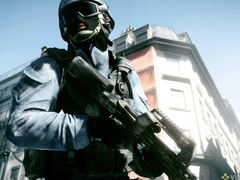
/https://oimg.videogamer.com/images/4a8a/battlefield_3_14.jpg)
/https://oimg.videogamer.com/images/df79/battlefield_3_10.jpg)
